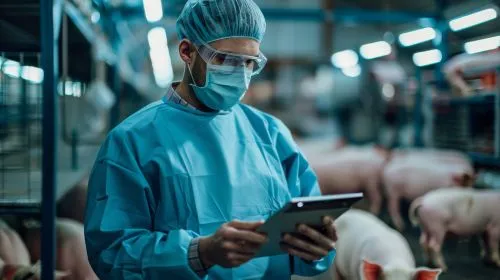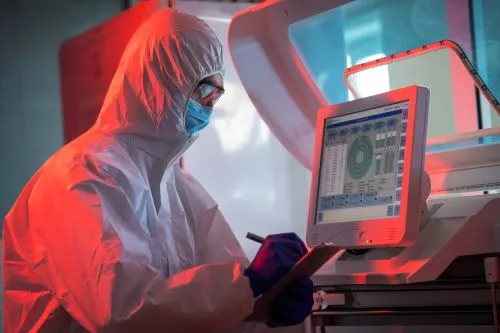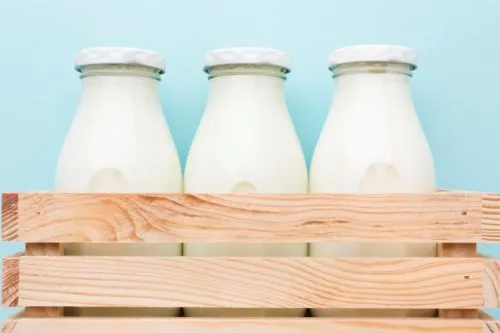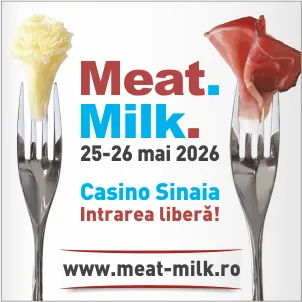
Author: IOAN ȘERBĂNESCU Concept of temperature leads us to the physiological experiences felt when being close or touching an object. There is no doubt that after the visual sensation, the one caused by hot or cold objects emerged very early in the existence of the human species. Modern physics of thermal phenomena began to develop as early as the seventeenth century with the invention of the thermometer, which gave the possibility to perform thermal-quantitative studies. Thermodynamic properties of different objects Thermodynamics is a part of physics which has as object of study the steady state of physical systems and general properties of the processes that lead to such states, processes in that may occur thermal phenomena also. The main methods in the study of thermodynamics are: the phenomenological and the statistical methods. Phenomenological method (macroscopic) studies the general properties of the physical systems consisting of a finite number of bodies starting from the analysis of macroscopic processes from nature, using the three fundamental principles of thermodynamics, as well as the experimental research results, without explaining the mechanism of the molecular process that causes the phenomenon. Statistical method (microscopic) considers the molecular structure of bodies, which is considered to be composed of a large number of elementary particles, characterized by continuous mobility being in a mutual interaction. The fundamental laws underlying thermodynamics are: - The zero principle of thermodynamics, which establishes thermal equilibrium conditions of many interacting systems; - The 1st principle of thermodynamics which expresses essentially the equivalent forms of energy and its preservation; - Principle II of thermodynamics, which states the meaning of spontaneous conversion of the energy systems; - The III principle of thermodynamics, which states the impossibility of reaching absolute zero (aside the entropy of absolute zero temperature). Characteristics meat preservation using cold Dry and wet trimming of carcasses or semi-carcasses is to ensure the removal of blood clots, contused parts, smoothing the edges at the slaughtering place etc. The trimming is done with water having a temperature of 43 degrees Celsius. The carcasses must to be placed in the refrigerated space as quickly as possible, such that the temperature will not fall below 7 degrees in less than 12 hours for sheep meat, under 10 degrees in less than 15 hours for swine and under 15 degrees in maximum 20 hours for cattle. Refrigeration is considered finished when the temperature in the thermal center is of maximum 7 degrees, being considered the lowest limit for the development of pathogens, which often contaminate the pork. The loss of juice after slaughtering is reduced when the interval between the cutting and the refrigeration decreases and if the cooling process is rapid. Quick refrigeration will have the effect of reducing weight loss by evaporation due to decrease of the difference in partial pressure compared to water vapor pressure in the air from chamber cooled; the slow refrigeration will lead to greater loss of weight, as well as higher energy consumption. Refrigeration can decisively influence the organoleptic characteristics of meat and meat products (tenderness, juiciness, appearance, etc). Refrigeration of carcasses is carried out in cold chambers equipped with air lines. In order to ensure a uniform and rapid cooling of meat is necessary the airflow at proper parameters over the whole surface of the carcasses. In this regard, of particular importance is the choice of the distribution system of the cold air, so that it can travel over a wide surface area of the product. If in the case of rapid cooling is recommended that the air speed in the area between the products are 5-6 m/s, which corresponds to a speed of 2-3 m/s, then the cooling space is empty. In the case of two-stage refrigerating, the air temperature in the first stage is limited to -8 ... - 10 ° for pork and for beef approximately -5 degrees; in the second stage of refrigeration, the air temperature has to be approximately 0 degrees Celsius. For the meat freezing in carcasses, the movement speed of the air should be less than 3 ... 4,5 m/s, and the air temperature at the end of freezing to reach 30...-35 degrees Celsius. It is recommended that the freezing processes to take place after the storage for 2-3 days in the refrigerated state. Frozen meat may be stored for a period of 2 to 24 months, depending on the type of meat and the warehouse temperature The defrosting of meat carcasses is carried out with air (only heated air or with controlled temperature, humidity and movement speed). When defrosting is done by the second method, the organoleptic qualities of carcasses are better than the using the first method; it lowers the weight loss. By applying over the chilled or defrost carcasses the cutting, deboning and quality sorting operations, results meat portions by specialty, boneless meat, bones and grease (or meat cut into large anatomical parts). Cutting and deboning operations are done in specially designed rooms, equipped with air-conditioning facilities, which needs to ensure: - An air temperature of 8-10 ° C; - Relative humidity of air, as to avoid condensation of water vapors on the meat surface (dew point of the air temperature to be below meat surface temperature); for example, if the air temperature is 8 degrees Celsius and the surface is 4 degrees, the relative humidity of the air should not exceed 75%; - Air speeds of maximum 0.25 m/s, at the working level of staff laborer; - Fresh air flow of 8-16 mc/h/person; - Buffer space for storing chilled meat carcasses, in which the air temperature is -1 ... +1 degrees Celsius. The refrigerated cut meat is packaged in transparent films, which are designed to remove loss of water by evaporation, thereby reducing the loss of weight. Oxygen permeability of the film prevents discoloration of meat.





